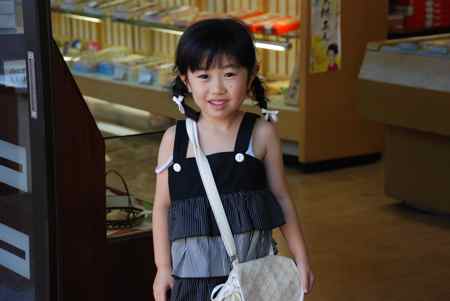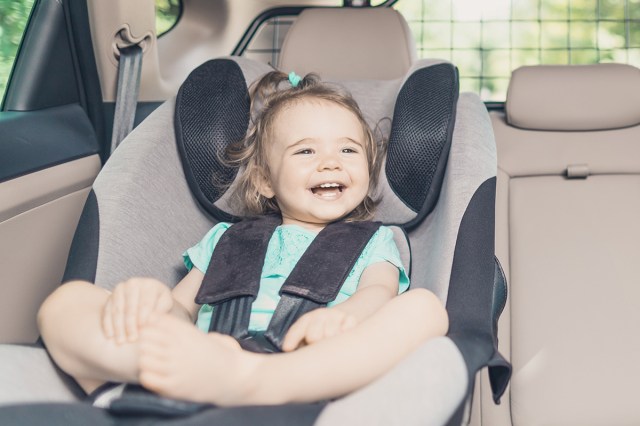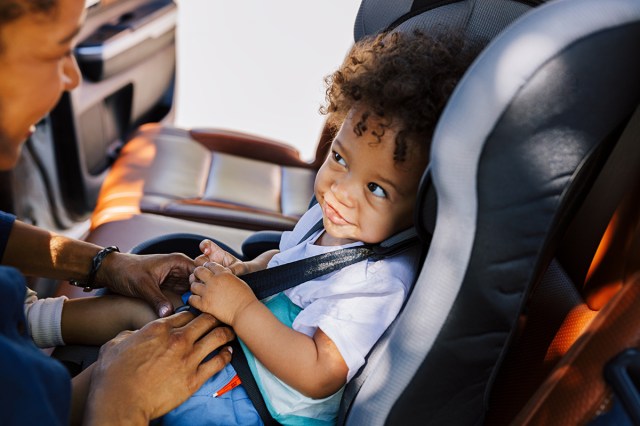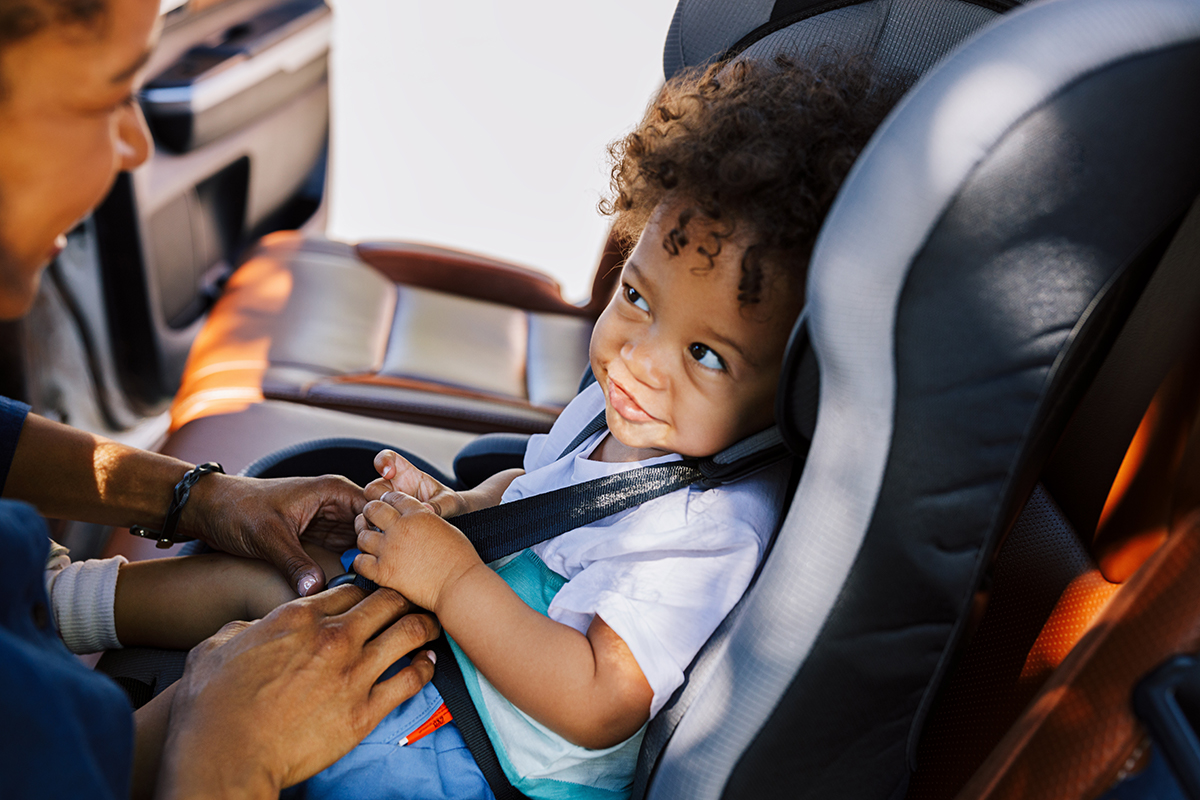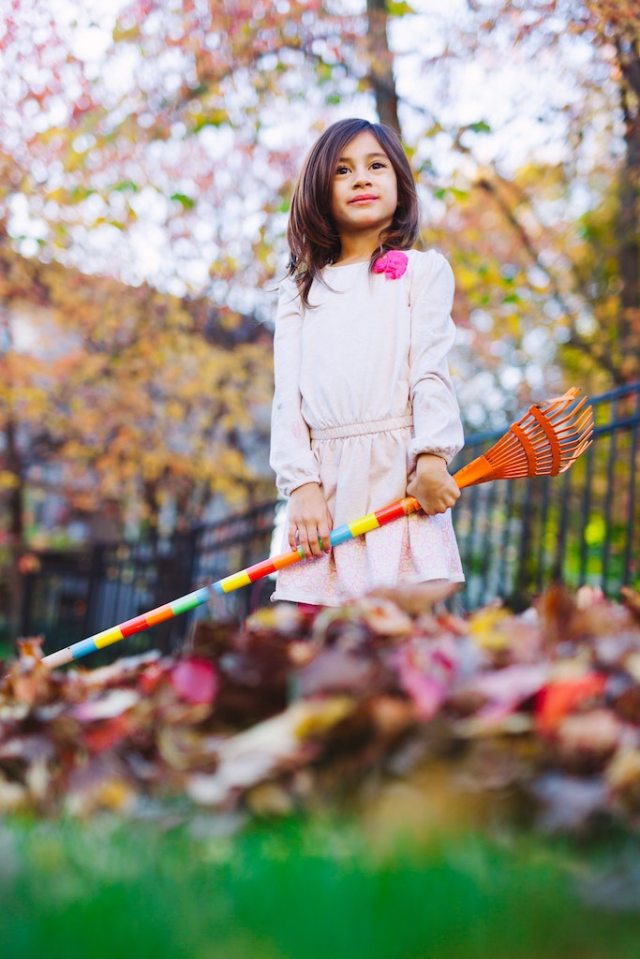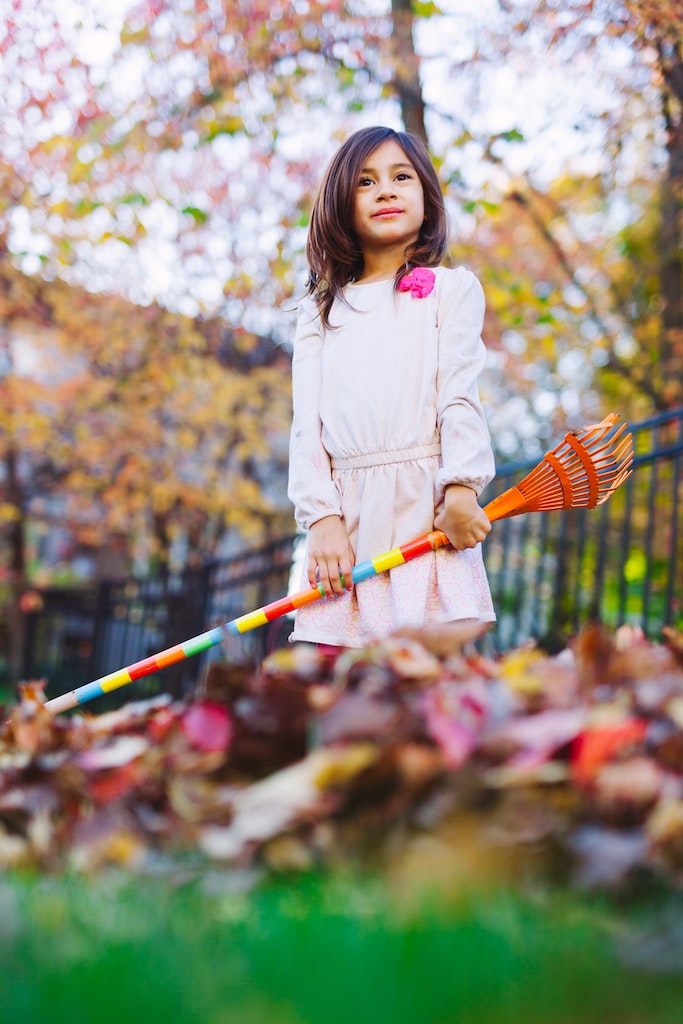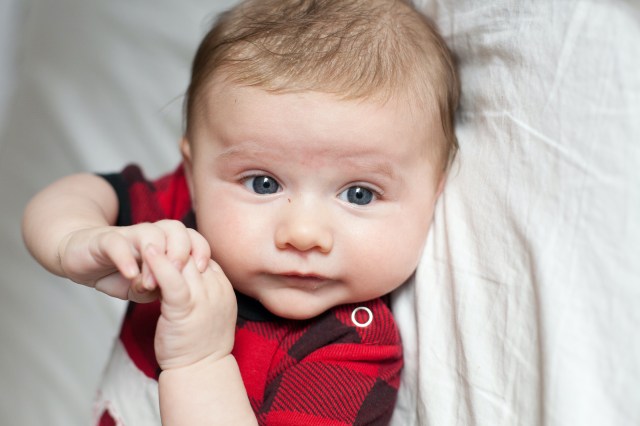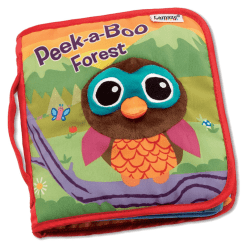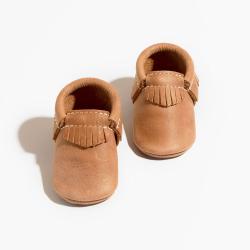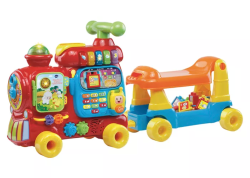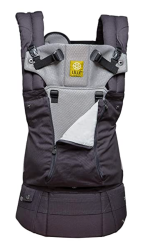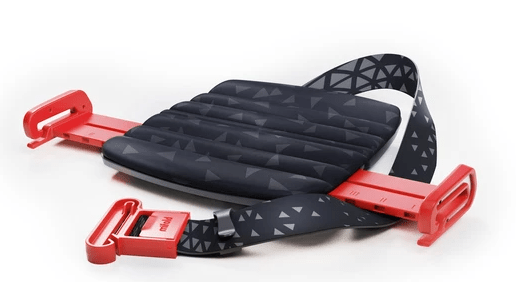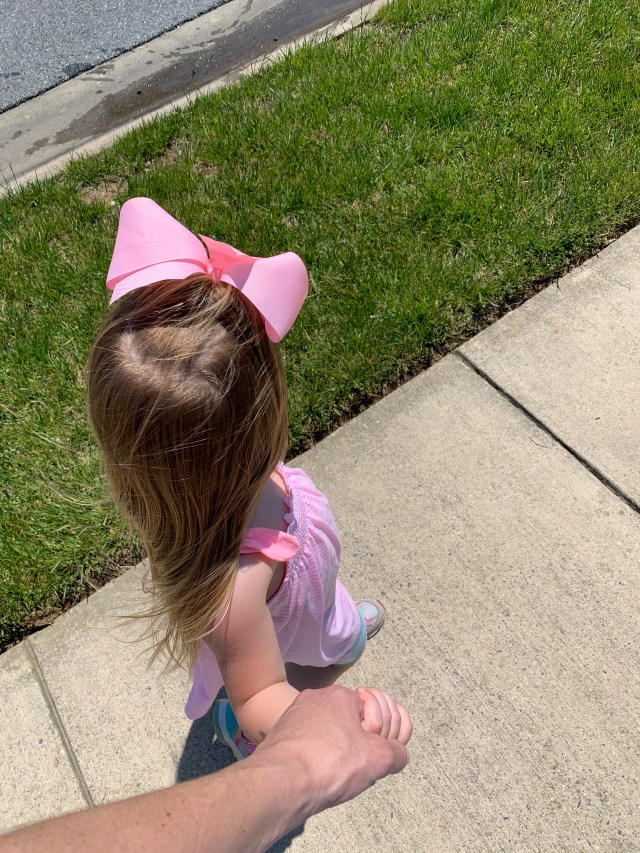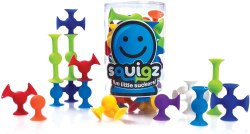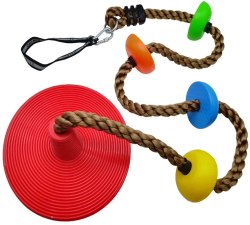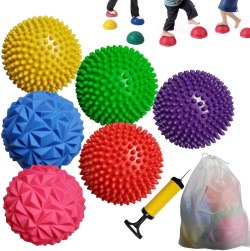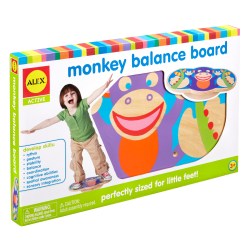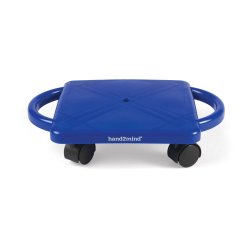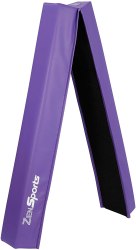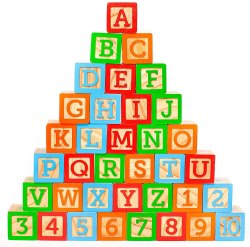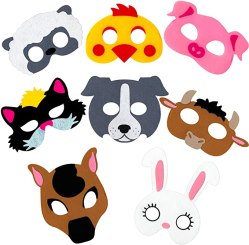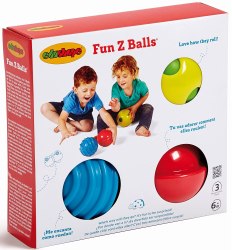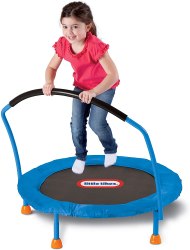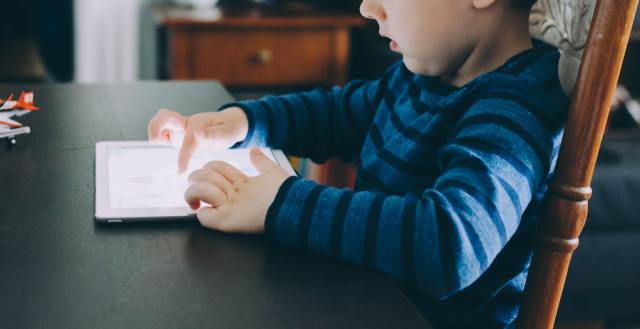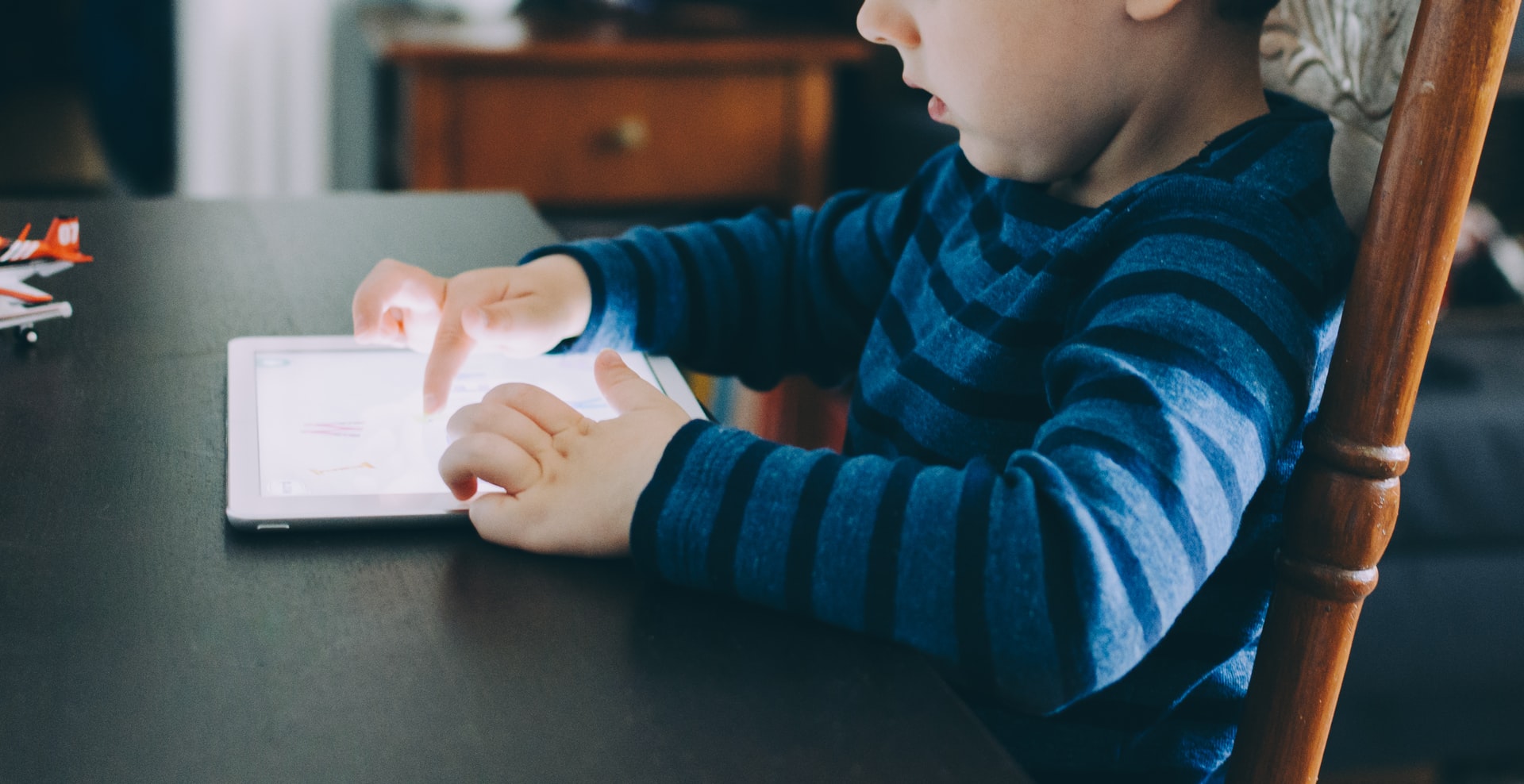Itching for an easy and fun day trip? Look no further than Little Tokyo, a downtown
How to Get There
Little Tokyo is roughly five square city blocks that sit near the eastern edge of downtown Los Angeles and is easy to get to by car or Metro. Located three blocks south of the Hollywood 101 freeway, westbound drivers should take the Alameda St. exit; eastbound drivers should take the Los Angeles St. exit. The Metro station is located near the corner of Alameda and First St.
Parking
There are over 17 parking lots in the area and some offer free parking with a validation including the multi-level lot of the Japanese Village Plaza located at 335 East 2nd St. There is also a lot directly across from the Japanese American Museum adjacent to Senior Fish restaurant that charges by the day.
What to Do & See
Little Tokyo is home to two museums. The Japanese-American Museum is the only museum in the country dedicated to preserving and sharing the rich history and heritage of Americans of Japanese ancestry. The museum offers a Free-Family Sat. with extra fun for kiddos like origami or mask making crafts tables every month. It is also home to two permanent exhibits that documents the forced relocation of citizens during World War II including an original barracks from the Heart Mountain relocation camp that housed many incarcerated Japanese Americans. The kiddos will love browsing the gift shop and having tea and finger sandwiches on the beautiful patio of the Chado Tea room.
Right next-door is the Geffen Contemporary at MOCA. This 40,000 square foot facility formerly housed police cars for nearby Parker Center. This spacious facility is child and stroller friendly and offers free admission every Thursday 5:00pm – 8:00pm. Adults $10, kids under 12 are free.
Where to Grab a Bite to Eat
There are numerous great kid-friendly places to eat in Little Tokyo. Suerhiro Café, on First St. is an American style diner that serves Japanese food. The menu is huge and they specialize in Japanese comfort foods such as udon, katsu, tempura, and teriyaki. It’s the warm family-style atmosphere that makes this place so great. There’s hand-drawn artwork sketched on hundreds of napkins that adorn the walls and may even inspire your kids to draw while you sip on a glass of tasty matcha iced green tea.
Across the street in the outdoor Japanese Village Plaza, not only does the Frying Fish offer great sushi and rolls at a decent price, but an added attraction is the cool conveyor belt that moves around the perimeter of the sushi bar carrying small plates of neatly arranged sushi, rolls, and edename. Not too mention the good-natured sushi chefs that occasionally break out in song and dance. It’ s a fun atmosphere for the kids and the food is reasonably priced.
Next door to the Frying Fish is Mikawaya, a Japanese pastry shop and ice cream parlor that also happens to be the originator of Mochi Ice Cream, a small ball of ice cream about the size of a golf ball wrapped in sweet sticky rice dough. They also serve gelato, but don’t miss out on the mochi. They offer several different flavors that you won’t find in grocery stores.
If you want to take the kids for a short walk, take a stroll to the Little Tokyo Galleria, which sits on the corner of Alameda and Third St. The mall is home to a full size grocery store that carries only Japanese and Korean products and has a small food court and bakery near the entrance where you can order soba, udon, ready-made sushi, and fresh spongy cakes and sweet treats.
Save room for Bliss Bakery, well-known for their scrumptious macaroons.
— Rebecca Koppenhaver
RELATED STORIES:
How You Can Help Support Asian American Owned Businesses in Los Angeles
16 Books That Feature Asian American Heroes & Leads
16 Asian American Heroes Our Kids Need to Know About
This Book Is an Antidote to Anti-Asian Racism & It’s Available Now
